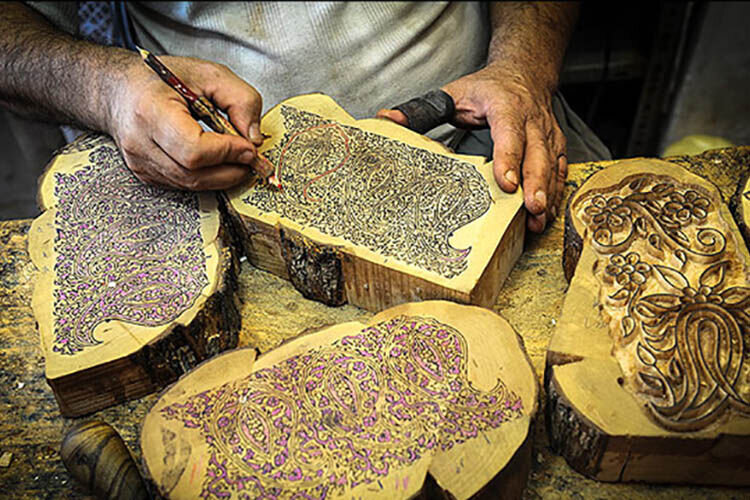Mazandaran prisons to run handicraft courses broadening job opportunities for inmates

TEHRAN – Prisons across Mazandaran are scheduled to hold handicraft training courses to broaden job opportunities for the inmates in the northern Iranian province.
The courses will be held under a memorandum of understanding recently signed between the Ministry of Cultural Heritage, Tourism and Handicrafts and the Prisons, Security, and Corrective Measures Organization, the provincial tourism chief said on Wednesday.
The MOU also aims at creating sustainable employment for the prisoners to prevent the recurrence of their crime and delinquency, Seifollah Farzaneh said.
The prisoners’ handmade products, which could become a source of income, are also planned to go on display in handicrafts exhibition, the official added.
He also noted that the prisoners will be provided with facilities and equipment as well as information on marketing and sustainable employment.
Tourism ministry helps empower inmates
In late October, the Ministry of Cultural Heritage, Tourism and Handicrafts signed a memorandum of understanding with the Prisons, Security, and Corrective Measures Organization to create jobs and make income for prisoners.
The MOU also aimed at implementing special educational and promotional programs, identifying talented prisoners, and improving their social status.
The deputy tourism minister Pouya Mahmoudian said that handicraft products made by prisoners have been displayed in various exhibitions, and the income generated from selling these products has been returned to the prisoners and their families.
With 14 entries, Iran ranks first globally for the number of cities and villages registered by the World Crafts Council, as China with seven entries, Chile with four, and India with three ones come next.
In late January, the cities of Shiraz, Malayer, and Zanjan and the village of Qassemabad were designated by the WCC- Asia Pacific Region, putting Iran’s number of world crafts cities and villages from ten to 14.
Shiraz was named a “world city of [diverse] handicrafts”. Malayer was made a global hub for woodcarving and carved-wood furniture. Zanjan gained the title of a “world city of filigree”. And Qassemabad village, which is nationally known for its traditional costumes, was also promoted to a world hub of handicrafts. Chador Shab, a kind of homemade outer-garment for women, was, however, the main subject for the WCC assessment for the village.
Iran exported $523 million worth of handicrafts during the past calendar year 1398 (ended March 19). Of the figure, some $273 million worth of handicrafts were exported officially through customs, and about $250 million was earned via suitcase trade (allowed for customs-free and tax-free transfer) through various provinces, according to data provided by the Ministry of Cultural Heritage, Tourism and Handicrafts.
Ceramics, pottery vessels, handwoven cloths as well as personal ornamentations with precious and semi-precious gemstones are traditionally exported to Iraq, Afghanistan, Germany, the U.S., the UK, and other countries.
ABU/AFM
Leave a Comment